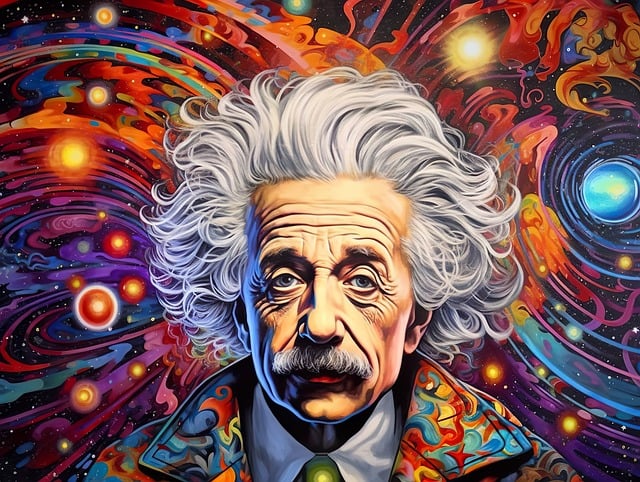
September 28, 1905, stands as a revolutionary date in the realm of theoretical physics. On this day, the German physicist Albert Einstein published a paper titled "Zur Elektrodynamik bewegter Körper" (On the Electrodynamics of Moving Bodies), introducing the world to the theory of special relativity. This theory has since revolutionized our understanding of the universe and laid the groundwork for numerous subsequent scientific discoveries.
Biographical Reminder
Albert Einstein was born in 1879 in Ulm, Germany. He showed early interest in science and mathematics, but his path to scientific fame was not a straightforward one. After earning a degree as a teacher in mathematics and physics, Einstein struggled to find a permanent academic position. However, his genius was eventually recognized, and in 1905, while working as a patent examiner at the Swiss Patent Office in Bern, he revolutionized physics with the publication of four groundbreaking papers, including the one on special relativity.
Special Relativity
Special relativity is a theory of physics that rests on two fundamental principles:
-
The Principle of Relativity: This principle states that the laws of physics are the same for all inertial observers, meaning observers who are not undergoing any acceleration. In other words, the laws of physics are independent of the observer's velocity.
-
The Speed of Light is a Universal Constant: According to special relativity, the speed of light in a vacuum, often denoted as "c," is a universal constant, independent of the velocity of the light source or the observer.
These two principles may seem counterintuitive at first glance, but Einstein showed that their combination had profound implications for our understanding of space and time. Among the most famous results of special relativity are:
-
Time Dilation: When an object moves at speeds close to that of light, time onboard that object passes more slowly relative to an observer at rest. This was encapsulated in the famous equation E=mc^2, relating mass to energy.
-
Length Contraction: Objects in motion are shortened in the direction of their motion relative to an observer at rest. This length contraction is another aspect of special relativity.
Special relativity paved the way for a deeper understanding of physical phenomena and enabled technological advancements such as particle accelerators and GPS.
Conclusion
On September 28, 1905, Albert Einstein laid the foundations for special relativity, a groundbreaking theory that transformed our view of the universe. This theory, based on the principle of relativity and the constancy of the speed of light, has profound implications for how we understand space, time, and physical reality. Special relativity remains one of the cornerstones of modern physics, and Einstein's discovery on that day in 1905 marked a major turning point in the history of science.
Science - 29 septembre 2023 -  - Voir l'historique
- Voir l'historique



















